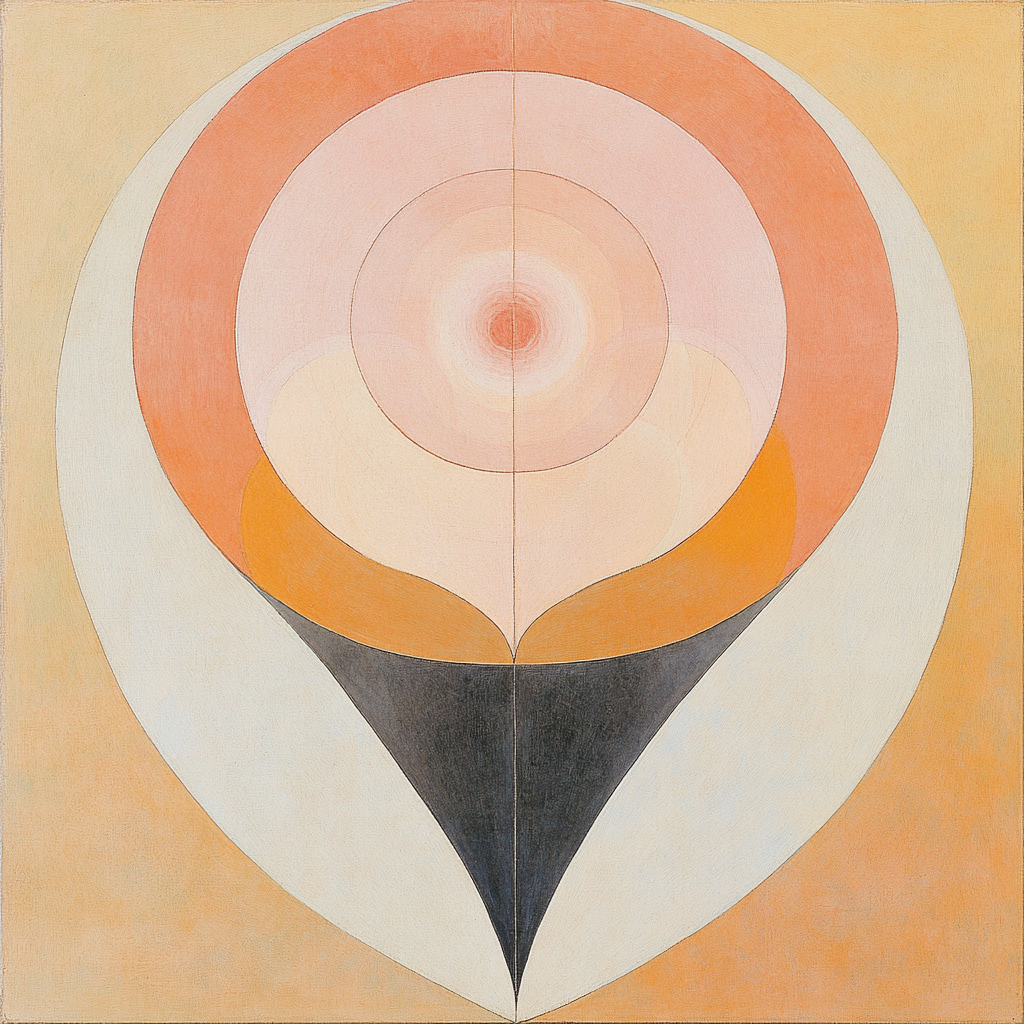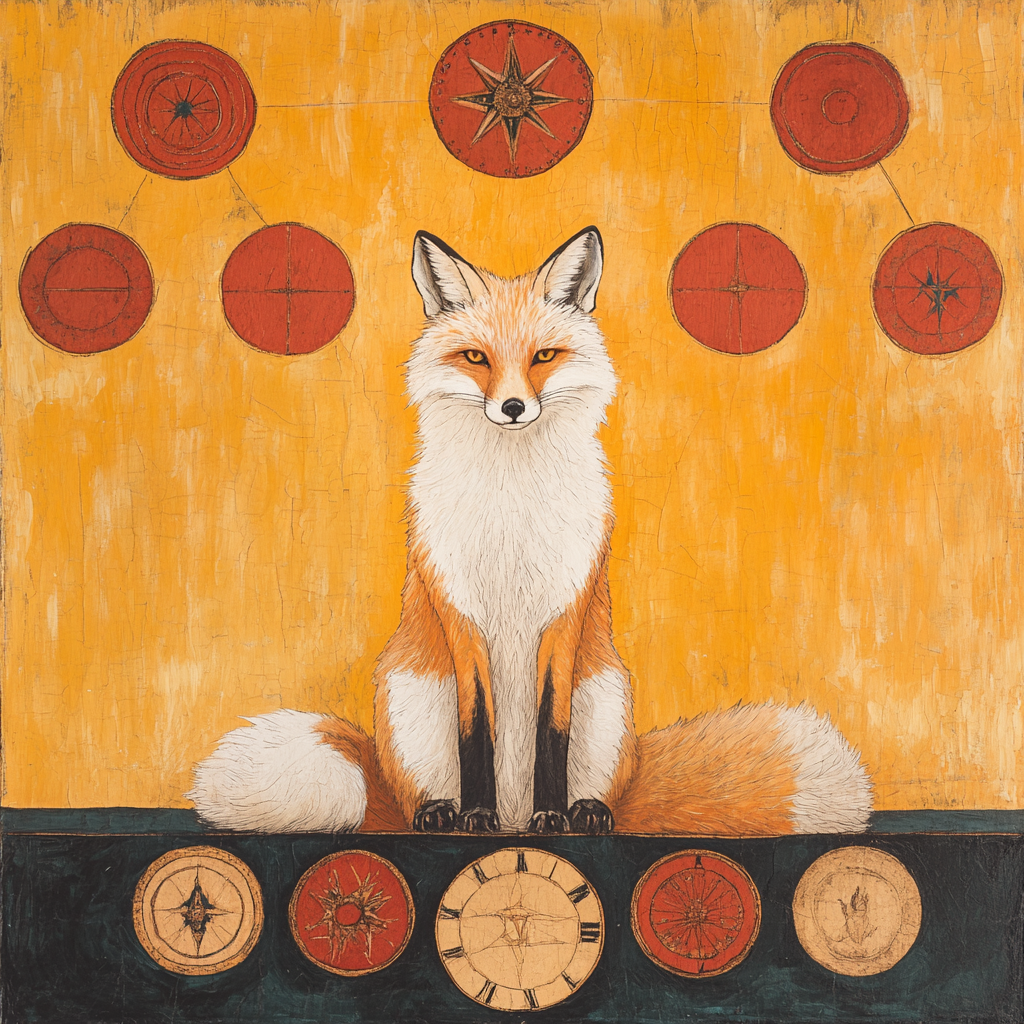Tarot, an explorative journey into the Self and the Shadow-Self
Jungian tarot card meanings explained. Jungian psychology joins up with Tarot cards and their meanings in several ways.
Carl Jung, the visionary psychologist, believed that symbols hold the key to understanding the unconscious mind. The Tarot, particularly the Rider-Waite deck, offers a rich tapestry of symbols that align seamlessly with Jungian concepts like archetypes, shadow work, and the collective unconscious. By delving into the meanings of tarot cards through a Jungian lens, we unlock a powerful tool for self-reflection and personal growth.
Tarot as a map of the psyche
Jung saw archetypes as universal, primordial images that dwell in the collective unconscious. These archetypes shape human experience and are vividly expressed in the tarot. For example, the Fool embodies the archetype of the Innocent or the Seeker, setting out on a journey with boundless potential and trust in the unknown. Journaling about this card might prompt questions such as: What new chapter am I beginning? Where can I embrace trust and curiosity in my life?
Similarly, the Magician aligns with the archetype of the Creator, symbolising the power of manifestation and the connection between thought and action. When this card appears, consider: What resources do I have within me to create my desired reality?
Shadow work through Tarot
Jung’s concept of the shadow—the parts of ourselves we suppress or deny—finds expression in cards like the Devil or the Moon. These cards challenge us to confront our fears, hidden desires, or unconscious patterns.
For instance, the Devil might ask: What unhealthy attachments or habits are holding me back? Journaling about this can uncover unconscious behaviours, paving the way for transformation. Meanwhile, the Moon, with its dreamy, ambiguous imagery, invites introspection: What illusions might I be holding onto? How can I trust my intuition to guide me through uncertainty?
Jungian Tarot card meanings: The Major Arcana as a Hero’s Journey
Jung’s exploration of myth and the hero’s journey is mirrored in the Major Arcana—a sequence of 22 cards that narrate a path of growth and enlightenment. Starting with the Fool’s leap of faith, the journey passes through trials, self-discovery, and ultimate integration, as represented by the World. Jungian tarot card meanings are evident in this cycle from innocence to completion.
A Simple and Free Tarot Journaling App?
❤️❤️❤️ Yes! ❤️❤️❤️
Sign up now for our Beta!
As you engage with the Major Arcana, consider how these stages might parallel your own life. Reflect on where you stand in your personal journey. Are you facing the disruption of the Tower, or basking in the renewal of the Star? Journaling these reflections can reveal insights into your inner world.
Jungian tarot card meanings: The Tarot and the Collective Unconscious
Jung believed that the collective unconscious connects all of humanity through shared symbols and experiences. The tarot offers a visual language for these connections, allowing us to explore universal truths and our place within the greater whole.
When interpreting a card like the Hierophant, which represents tradition and spiritual guidance, ask: What wisdom can I draw from my cultural or ancestral roots? This encourages a deeper connection to the collective wisdom that shapes your identity.
Integrating tarot into your daily reflection
To apply Jungian principles and Jungian tarot card meanings to your tarot practice, approach the cards as mirrors of your inner psyche.
A journaling tip: Begin your day by drawing a card and asking: What part of my unconscious is seeking attention today? Journal your impressions, paying attention to recurring symbols or themes.
Remember, tarot isn’t about predicting the future but illuminating the present. Each card holds a piece of your story, offering guidance and insight as you navigate life’s complexities. This is also one aspect into Jungian Tarot card meanings and interpretative power in your own life.
Tarot, a tool for self-discovery
Jungian tarot card meanings are present in the imagery and the framework of Tarot. By viewing tarot through a Jungian lens, we transform it into a profound tool for self-discovery. Each card becomes a gateway to the unconscious, inviting us to explore our depths, embrace our shadow, and connect with universal archetypes. Let tarot guide you on this introspective journey—an adventure of understanding and growth that begins within.
Take your journal, shuffle the deck, and let the symbols speak. What will your unconscious reveal today?













